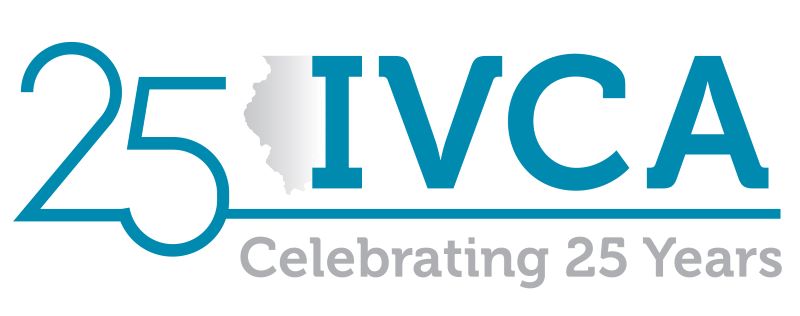IVCA Feature: Supplemental Information Links Regarding ‘State of the Debt Market’
May 8, 2024
Today, May 8th, is the 2024 IVCA Spring Luncheon, sponsored by Ropes & Gray and Baker Tilly. The topic is the “State of the Debt Market.” As funding has shifted from banks being a primary lending vehicle to private credit filling the gap, the perspective at the luncheon is how this trend and economy are impacting deal flows, opportunities, and processes.
As a supplemental, the IVCA offers other perspectives on this topic, filtered through the impact on the Venture Capital and Private Equity industries.
McKinsey.com, ‘Global Private Markets Review 2024’
According to McKinsey’s latest Global Private Markets Review, private markets entered a slower era in 2023, with macroeconomic headwinds, rising financing costs and an uncertain growth outlook weighing on fundraising, deal activity and performance.
Statista.com, ‘Venture Debt in the U.S.’
Statista offers an at-a-glance overview with market definitions, in-scope/out-of-scope, market structure, reports and methodology both in current terms and projections.
Deloitte.com, ‘Life After Debt: Venture Debt Funding Could Grow Again in 2024’
After four straight years of $30+ billion in US venture debt activity, followed by a plunge in 2023 to an estimated US$12 billion, a partial bounce-back may be next. In 2024, U.S. tech venture debt could rise to US$14–16 billion, up 25% from 2023 levels.
VentureUnlocked.Substack.com, PODCAST: ‘Meet the Expert Series: The State of the Venture Debt Market’
Given the dislocation of the regional banking market in early 2023, we discussed how venture investors and companies should think about the supply of venture debt, the proper uses, and what we should expect moving forward.
LISTEN HERE (39 MINUTES): https://ventureunlocked.substack.com/p/meet-the-expert-series-matt-trotter
IMF.org, ‘Fast-Growing $2 Trillion Private Credit Market Warrants Closer Watch’
International Monetary Fund: “The private credit market, in which specialized non-bank financial institutions such as investment funds lend to corporate borrowers, topped $2.1 trillion globally last year in assets and committed capital. About three-quarters of this was in the United States, where its market share is nearing that of syndicated loans and high-yield bonds.”
CommonFund.org, ‘Private Equity in 2024: Where Do We Go from Here?’
The debt markets, which tightened following the Federal Reserve’s initiation of interest rate hikes beginning in March 2022, have showed signs of opening. Following the first rate hikes, large banks virtually disappeared from financing private equity deals as they digested debt priced in the “free money” era. In recent months, banks have slowly re-entered the debt markets for private equity deals given the clearer monetary outlook.
READ MORE: https://www.commonfund.org/cf-private-equity/private-equity-in-2024-where-do-we-go-from-here
Reuters.org, ‘U.S. banks, Private Equity Firms Compete to Finance Debt-Backed Deals’
Wall Street banks are raising billions of dollars to regain ground in lending to companies in debt-backed deals after giant private equity and asset management firms muscled in on the business over the last two years.
Stanford Graduate School of Business, PODCAST: ‘Why the Private Debt Markets Have Exploded’
There has been a rising trend in the importance of private debt as a way of financing companies. But what are the differences between private debt and public debt? Why is it increasing in popularity? What advantages does it offer over traditional banking models?
LISTEN HERE (28 MINUTES): https://youtu.be/HfHoWonIUbg?si=2Pt_oWqa5FTRnZNS

